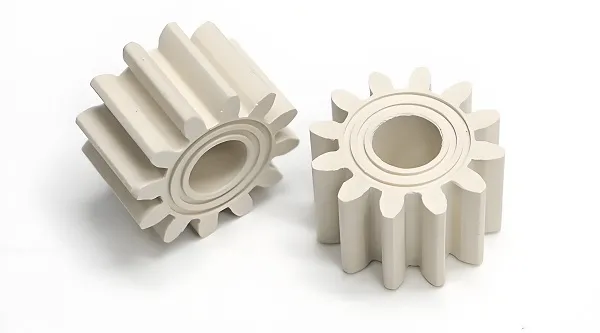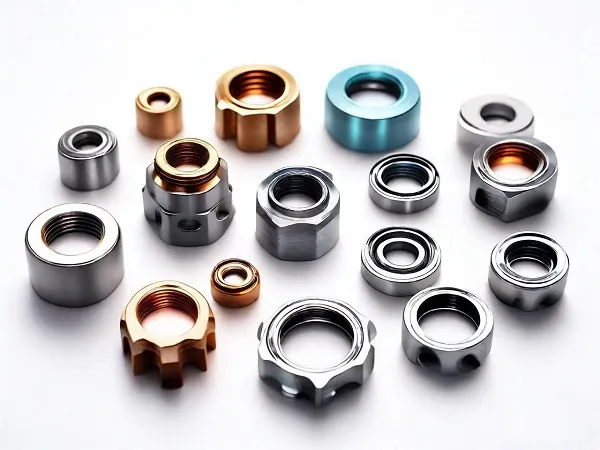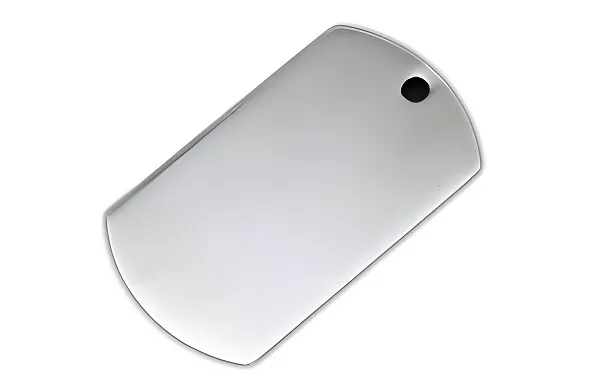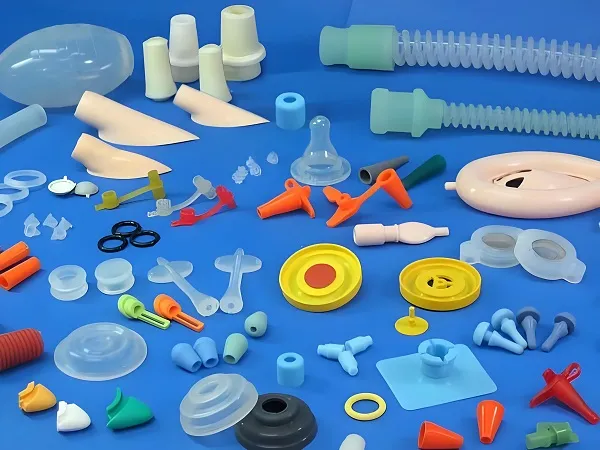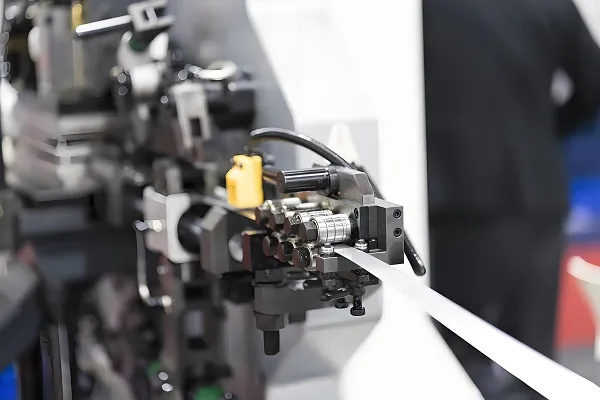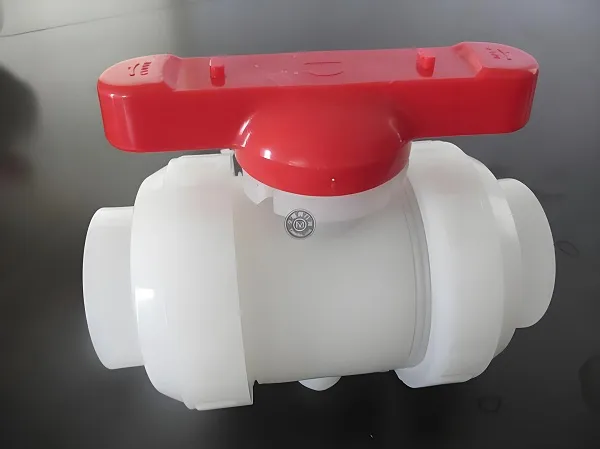In the digital era, games are not only the carrier of entertainment, but also the intersection of creativity and technology. With the rapid development of 3D printing technology, custom 3D printed game models have become the new favorite of gamers, designers and collectors. In this article, we will discuss the process of customized 3D printing game models, material selection, design freedom, customization process and market application of five major aspects, revealing the infinite charm of this emerging field.
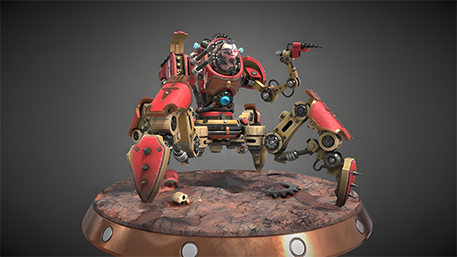
1. Process innovation: 3D printing technology game change
3D printing, also known as additive manufacturing, is a technology that creates three-dimensional objects by stacking materials layer by layer. In the field of game modeling, 3D printing technology, with its advantages of high precision, rapid prototyping and material diversity, has revolutionized the traditional mode of handmade and injection mold production.
High-precision printing: Modern 3D printers, such as SLA (Stereo Light Curing) and SLS (Selective Laser Sintering) technologies, are capable of realizing micron-level printing accuracy, ensuring the detail reproduction and surface finish of game models.
Rapid prototyping: 3D printing technology greatly shortens the cycle from design to physical object, allowing designers to quickly iterate on designs, adjust model details in a timely manner, and accelerate the product development process.
Material Diversity: From plastic, resin to metal, 3D printing supports a wide range of material choices to meet the different needs of game models in terms of strength, weight, appearance and feel.
2. Material Selection: Shaping the Soul of Game Models
The choice of material is crucial to the final effect of the game model. Different materials not only affect the appearance and texture of the model, but also determine its durability and playability.
Plastic: PLA (Polylactic Acid) and ABS (Acrylonitrile Butadiene Styrene) are common 3D printing plastic materials, they are inexpensive, easy to process, and suitable for making lightweight and colorful game models.
Resin: Transparent or semi-transparent resin materials can present delicate luster and rich color layers, which are suitable for making fine decorative models or character figures.
Metal: For high-end game models that pursue texture and weight, such as weapons and armor, metal 3D printing offers possibilities. Although the cost is higher, the durability and collection value of metal models are incomparable.
3. Design Freedom: Unleash the Unlimited Possibilities of Creativity
3D printing technology gives designers unprecedented design freedom, so that the creation of game models is no longer limited by the limitations of traditional manufacturing processes.
Complex structures: 3D printing can easily realize complex structures that are difficult to create with traditional processes, such as hollowing out and multi-layer nesting, adding more details and layers to game models.
Personalization: Players and designers can freely design and customize their game models according to their personal preferences and game character settings, achieving true personalized expression.
Rapid Iteration: 3D printing technology allows designers to quickly modify the design and perform multiple iterations until a satisfactory result is achieved, greatly improving design efficiency and flexibility.
4. Customization process: perfect transformation from virtual to reality
The process of customizing 3D printed game models includes design, modeling, slicing, printing and post-processing, and each step is crucial.
Design and Modeling: Use CAD (Computer Aided Design) software or 3D modeling software, such as Blender, Maya or 3ds Max, to design and create a 3D model based on a game character or scene.
Slicing Process: Convert the 3D model into an STL file that can be recognized by 3D printers, and use the slicing software to set up the printing parameters, such as layer thickness, fill rate, and support structure.
Printing process: Import the processed STL file into the 3D printer and start the printing process. At this stage, you need to pay close attention to the operation status of the printer to ensure the print quality.
Post-processing: After the printing is completed, carry out post-processing work such as removing the support structure, sanding, coloring, assembling, etc., so that the game model can reach the final effect.
5. Market application: physical presentation of game culture
Custom 3D printing game models not only meet the personalized needs of players and designers, but also promote the physical dissemination of game culture and commercial development.
Game peripheral products: game developers and peripheral manufacturers utilize 3D printing technology to quickly launch peripheral products such as handcrafts and ornaments related to game characters and scenes, enriching the game ecology.
Collectibles market: The launch of limited edition and customized game models has attracted the attention of a large number of collectors and become an important part of game culture.
Education and training: 3D printed game models are also used in the field of education and training to help students and trainees better understand the principles of game design and improve their practical skills.
In summary, customized 3D printed game models are becoming an indispensable part of the game industry with their unique process, rich material choices, unlimited design freedom, efficient customization process and wide application prospects. With the continuous progress of technology and the gradual reduction of cost, the market prospect of customized 3D printed game models will be even broader, bringing more surprises and fun to gamers, designers and collectors.

